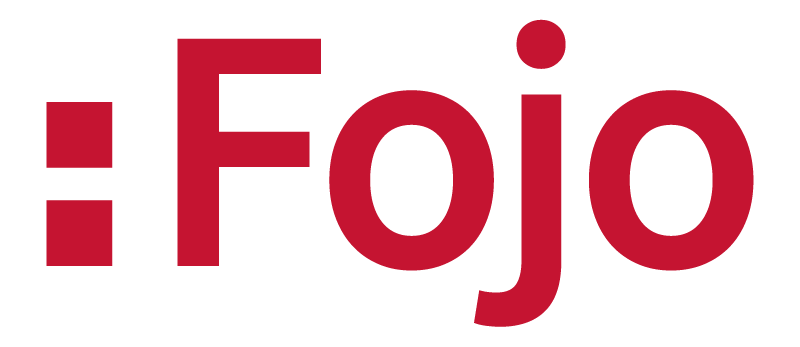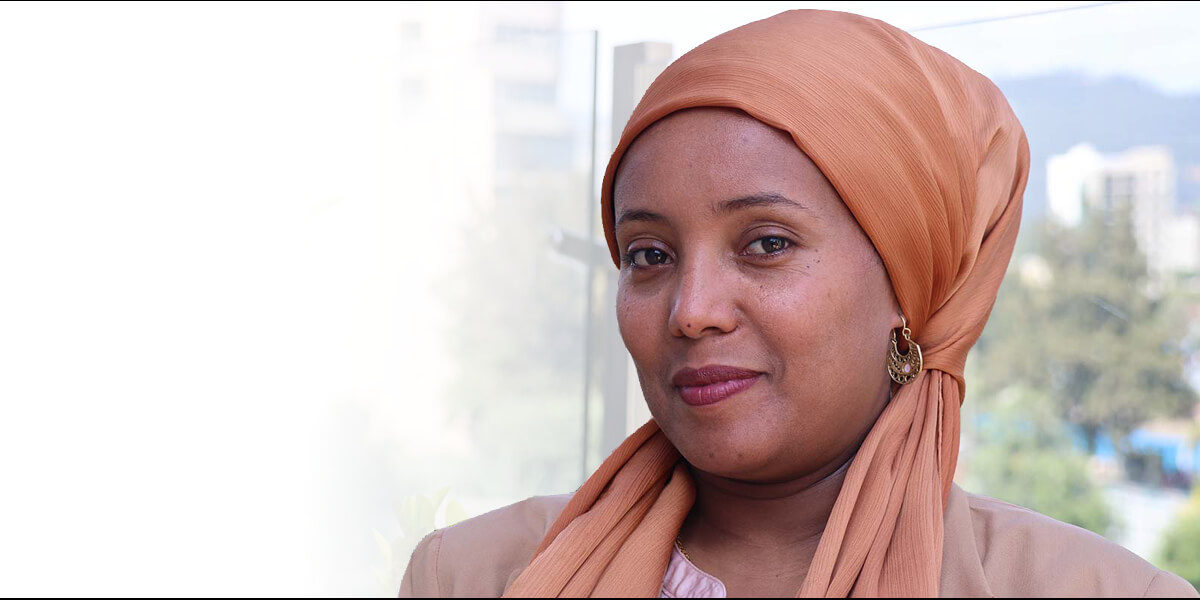This July, I sat across from Dr. Yemisi Akinbobola in the bustling office of the Capital Newspaper near Bole in Addis Ababa. Calm and observant, she had just flown in from the UK to present the findings of a major new study: “Barriers to Women Journalists in Ethiopia.” She’s the co-founder and CEO of African Women in the Media (AWiM), and though she’s conducted similar research in Rwanda and sub-Saharan countries, Ethiopia presented a particularly unique context.
“Ethnicity and political affiliation,” she said, “add extra layers of exclusion for women journalists in Ethiopia.”
Her words stayed with me. Over the course of the week, I joined Dr Yemisi and the Ethiopian Media Women Association (EMWA) as we visited some of Addis Ababa’s prominent media houses: Fana Broadcasting, Sheger Radio, and Capital Newspaper. Our mission was to engage with newsroom leaders, reflect on gender dynamics, and inspire inclusive institution.
A glimpse inside the newsrooms
Each newsroom had its own rhythm. At Fana Broadcasting, we learned about the CEO’s initiative to meet regularly with women in leadership roles. That practice, though informal, has already contributed to increasing female representation in management. Yet, when asked about gender policy, the answer was unanimous across all three media houses: “We don’t have one.”
There was no outright resistance. Instead, what we heard repeatedly was: “We’ve just never really discussed it seriously.”
But the desire for progress was there. Editors and managers acknowledged the gaps and seemed eager to explore ways of making their newsrooms safer and more inclusive.
Unpacking the research
Dr. Yemisi’s research, commissioned by Fojo Media Institute’s Ethiopia Programme in collaboration with EMWA, surveyed and interviewed over 100 women journalists across Ethiopia. Its findings were striking:
- 59% of respondents said they encountered gender-related barriers from the moment they entered the profession.
- 51% reported that sexual harassment significantly affected their career growth.
- Only one mainstream media outlet had a formal gender policy.
- 72% of participants said seeing women in leadership inspired their career ambitions.
As I listened to her during our interview, she explained not just the data—but the stories behind it. Stories of resilience, silence, exclusion and hope.
But the deeper value of the study lay not just in numbers, but in the lived experiences they captured, she said. Many respondents described wearing fake wedding rings to deter sexual advances. Others spoke of concealing their ethnic identities to avoid bullying. Several shared how they created a “no-nonsense” persona to shield themselves from unwanted attention.
“These coping mechanisms,” Dr. Yemisi told me, “are symptoms of institutional failure. When women must protect themselves, it’s a sign that the organisation isn’t doing enough.”
She pointed to the silence around harassment: “Women don’t speak up because they fear losing their jobs, or worse, being humiliated. Sometimes the very act of reporting becomes another trauma.”
Why gender policy matters
On July 24, 2025, at the Inter Luxury Hotel in Addis Ababa, the report was officially launched at the Gender & Media Conference, hosted by the Ethiopian Media Women Association (EMWA) in collaboration with the Fojo Media Institute’s Ethiopia Programme. The room buzzed with energy, in a room filled with journalists, donors, academics, and media regulators. The Embassy of Sweden, a key supporter of the programme, was represented by Maria Monahov, her message underlined the link between gender equality, media freedom and democracy:
“Ensuring the safety and dignity of women journalists is not optional – it is essential. These are not just values we hold dear; they are the foundation of inclusive, resilient societies.”
“During my time in Ethiopia, I’ve been inspired by the professionalism of journalists supported by the Fojo Media Institute and partners like EMWA.”
Her message reminded us that global solidarity matters and that support must go beyond inspiration and into action.
One of the most powerful aspects of the event was an all-women panel that brought together voices from academia, the regulators, media associations and frontline practitioners. Having the Ethiopian Media Authority present wasn’t just symbolic; it was a strategic signal of commitment.
Together, they emphasised actionable recommendations:
- Establish gender desks in every newsroom.
- Build mentorship programmes for early-career women journalists.
- Encourage donors and implementors to support women-led media for sustainability.
Beyond funding: Sustainability
But what happens when the funding ends?
Dr. Yemisi raised an important concern: “Too many initiatives rely on external funding. What’s needed is ownership. Media houses must see gender equity as their responsibility, not just a donor project.”
She argued that creating a gender-sensitive newsroom doesn’t require massive budgets. It requires will. “You don’t need extra departments or resources,” she told me. “What you need is a cultural shift.”
Fojo’s support to EMWA has been strategic and deeply rooted. From developing Ethiopia’s first Gender Directory of Women Experts to delivering capacity-building training across all regions, the partnership has been foundational. Most recently, Fojo is providing direct technical support to EMWA and eight selected media houses to craft formal gender policies—tailored to each newsroom’s needs yet aligned with broader regulatory and human rights frameworks.
This effort is more than a checklist. It’s part of a long-term vision, one that will converge in December 2025 at AWiM conference, AWiM2025, to be held at the African Union Commission. Themed “Advancing Policies for Gender-Safe Media,” the event aims to build on this momentum, bringing Ethiopian voices to a continental stage.
Toward a shared future
The voices we heard this week from editors, journalists, researchers and regulators shared a common message: gender equity in the newsroom isn’t a luxury. It’s a foundation for ethical journalism and democratic integrity.
At the event, one question echoed among participants: what happens next, how will it lead to the change that all women media practitioners want?
Meseret, EMWA’s new directress offered a clear pathway to this. With support from Fojo Media Institute and the Embassy of Sweden in Addis Ababa. EMWA is launching a pilot initiative with eight selected media houses to develop concrete gender policies a first to many of them. This pilot marks an important starting point, aiming to build safer, more inclusive, and empowering newsroom environments for women journalists across the country.
As I reflected on my time with Dr. Yemisi and the Gender & Media Conference, I was reminded that behind every headline lies a multitude of unheard voices. But with a gender policy now set to be integrated into editorial guidelines, there is renewed hope—hope rooted in a shared conviction:
Journalism without gender is a story half told.



